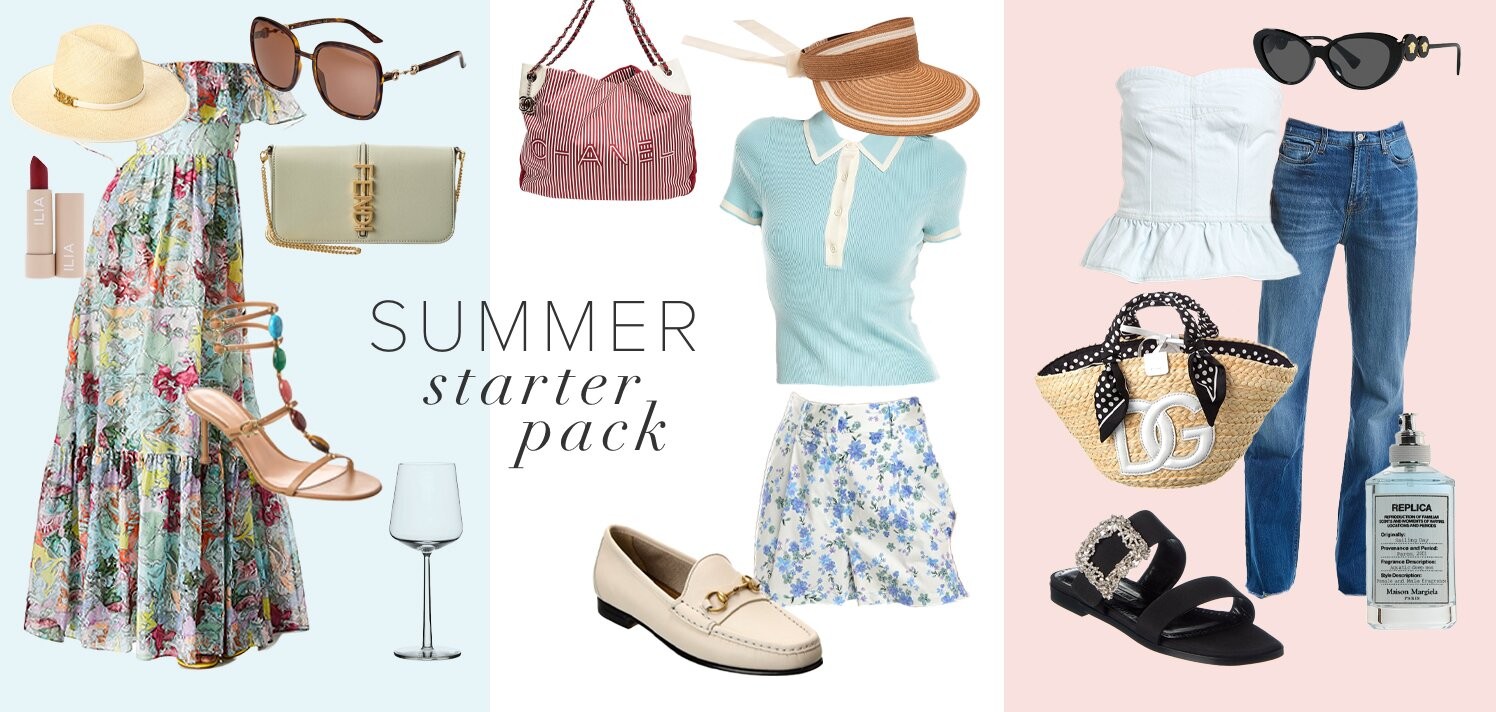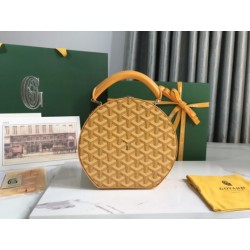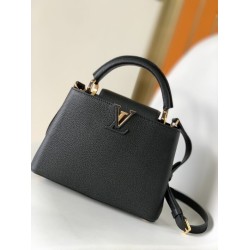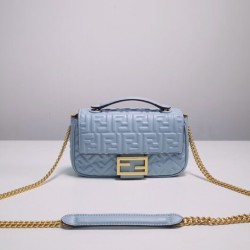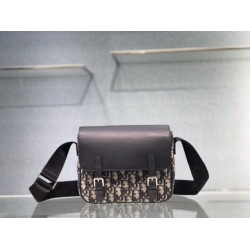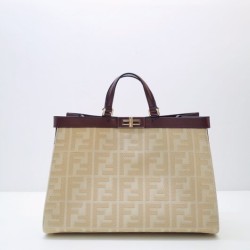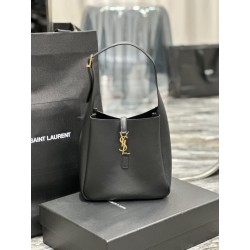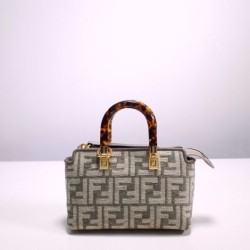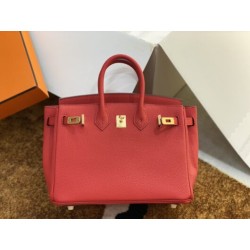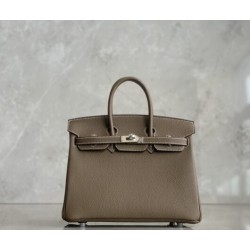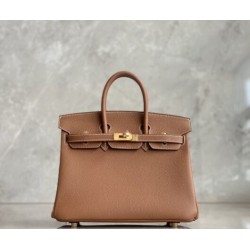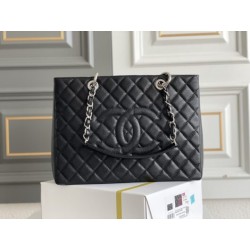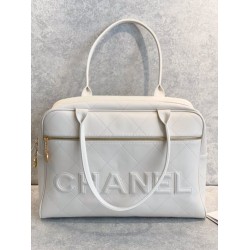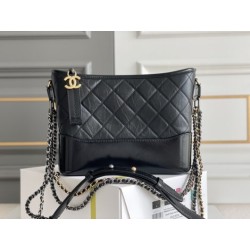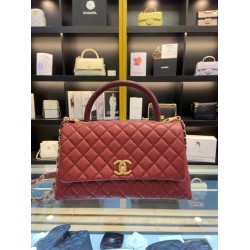Popular Products
My best friend and I love designer clothing and accessories. So, when I heard about replica bags, I was excited to check them out. Replica bags are a great way to save money while still buying something fashionable. I had never considered buying a replica before, but I wanted to give it a try.
Right away, I noticed a big difference between the real thing and the replicas. I was surprised at how close the replicas looked to the real thing. The leather and metal materials were very convincing and I could hardly tell the difference. Even though I felt a bit guilty buying replica, I was excited to have a designer bag without the designer price tag.
The World of Replica Bags: A Comprehensive Guide
Replica bags, also known as imitation or fake designer bags, are copies of high-end luxury brands such as Balenciaga, Chanel, Gucci, Hermès, and Louis Vuitton. These bags are designed to closely resemble their authentic counterparts but are sold at a fraction of the price. This guide will explore the world of replica bags, including how to spot high-quality replicas and the ethical considerations involved.
What Are Replica Bags?
Replica bags are manufactured to mimic the design, materials, and craftsmanship of genuine designer bags. They are often produced in factories, particularly in regions like Guangzhou, China, where the counterfeit industry thrives5. These bags are sold through various channels, including online marketplaces, street vendors, and specialized stores.
How to Spot High-Quality Replica Bags
Identifying high-quality replica bags requires a keen eye and attention to detail. Here are some key indicators to look for:
1. Stitching and Craftsmanship
High-quality replica bags often have meticulous stitching that closely mimics the original. However, even the best replicas may have slight inconsistencies. Authentic bags typically have perfectly aligned stitches, while replicas might show minor irregularities24.
2. Material Quality
Replica Bags The quality of the material is a significant differentiator. Authentic designer bags use premium materials like genuine leather, which has a natural texture and feel. Replicas may use synthetic leather or lower-quality materials that can be identified by their synthetic sheen or lack of natural texture7.
3. Labels and Tags
Replica Bags Check the labels and tags for any discrepancies. Authentic bags have precise and clear labels with no spelling errors. Replicas may have misspelled words, incorrect logos, or poorly printed labels. The serial number and authenticity card should match the bag's details39.
4. Hardware and Finishes
Replica Bags The hardware on a designer bag, such as zippers, clasps, and buckles, should be of high quality. High-quality replicas use better hardware than lower-end fakes, but they may still not match the precision and finish of authentic pieces. Authentic hardware is smooth and consistent, without any blemishes or rough spots612.
5. Interior Quality
Replica Bags The interior of a designer bag is often as well-made as the exterior. High-quality replicas will have well-sewn linings and consistent materials, but they may still show some signs of inferior craftsmanship compared to the original10.
6. Price and Source
Replica Bags While it's tempting to buy a designer bag at a significantly lower price, it's important to be cautious. If the price seems too good to be true, it probably is. Additionally, purchasing from reputable stores or authorized retailers is a safer bet than buying from street vendors or unknown online sellers1.
Ethical Considerations
Replica Bags Purchasing replica bags involves several ethical considerations. While replicas can be a cost-effective way to enjoy designer styles, they contribute to the counterfeit industry,Replica Bags which can harm legitimate businesses and designers. Additionally, the production of replica bags often involves poor working conditions and low wages for workers in the factories where they are made5 Replica Bags.
Conclusion
Replica bags offer a way to enjoy designer styles at a lower cost, but they come with their own set of challenges and ethical considerations. By understanding how to spot high-quality replicas and being aware of the implications of purchasing them, consumers can make more informed decisions.Replica Bags Whether you choose to invest in an authentic designer bag or opt for a replica,Replica Bags it's important to do so with awareness and responsibility.
The Truth Behind Fake Designer Bags: How to Spot a Counterfeit
Fake Bags In the world of luxury fashion, designer bags are a symbol of status and style. However, the counterfeit market has made it increasingly difficult to distinguish between authentic and fake designer bags. This article delves into the truth behind fake bags, providing essential tips to help you spot a counterfeit and protect yourself from falling victim to the counterfeit marketFake Bags .
The Rise of Counterfeit Bags
The counterfeit market for designer bags has grown exponentially, with fake bags being sold at prices that are often close to the original, making it challenging for consumers to identify the real deal. Some sellers even market their products as authentic, further complicating the situation7.
Fake Bags Key Indicators of a Fake Bags
1. Fake Bags Stitching and Craftsmanship
One of the most obvious signs of a fake bag is poor stitching and craftsmanship. Authentic designer bags are meticulously crafted, with even and consistent stitching. Counterfeit bags often have uneven stitches, loose threads, or poorly aligned seams34.
2. Material Quality
Fake Bags The quality of the material is another critical factor. Fake bags often use inferior materials that can be easily identified by their sheen or squeak. Authentic leather has a natural texture and feel, whereas fake leather or plastic will have a synthetic sheen and may make a squeaking sound when rubbed5.
3. Labels and Tags
Fake Bags Checking the labels and tags is essential. Authentic bags have precise and clear labels with no spelling errors. Counterfeit bags often have misspelled words, incorrect logos, or poorly printed labels. Additionally, the serial number and authenticity card should match the bag's details56.
4. Hardware and Finishes
Fake Bags The hardware on a designer bag, such as zippers, clasps, and buckles, should be of high quality. Fake bags often use cheaper metals that can tarnish quickly or have rough edges. The finish on the hardware should be smooth and consistent, without any blemishes or rough spots34.
5. Interior Quality
Fake Bags The interior of a designer bag is often as well-made as the exterior. Fake bags may have poorly sewn linings, incorrect lining materials, or mismatched colors. Authentic bags have consistent and high-quality linings that match the exterior in terms of color and material3.
6. Price and Source
Fake Bags While it's tempting to buy a designer bag at a significantly lower price, it's important to be cautious. If the price seems too good to be true, it probably is. Additionally, purchasing from reputable stores or authorized retailers is a safer bet than buying from street vendors or unknown online sellers7.
7. Serial Numbers and Certificates
Fake Bags Authentic designer bags often come with a serial number and an authenticity card. These should match the bag's details and be verified by the brand. Counterfeit bags may have fake serial numbers or no serial numbers at all6.
Conclusion
Fake Bags Spotting a fake designer bag requires a keen eye and attention to detail. By checking the stitching, material quality, labels, hardware, interior, price, and source, you can significantly reduce the risk of purchasing a counterfeit. Always remember, investing in an authentic designer bag is worth the extra effort and cost to ensure you get a genuine product.
